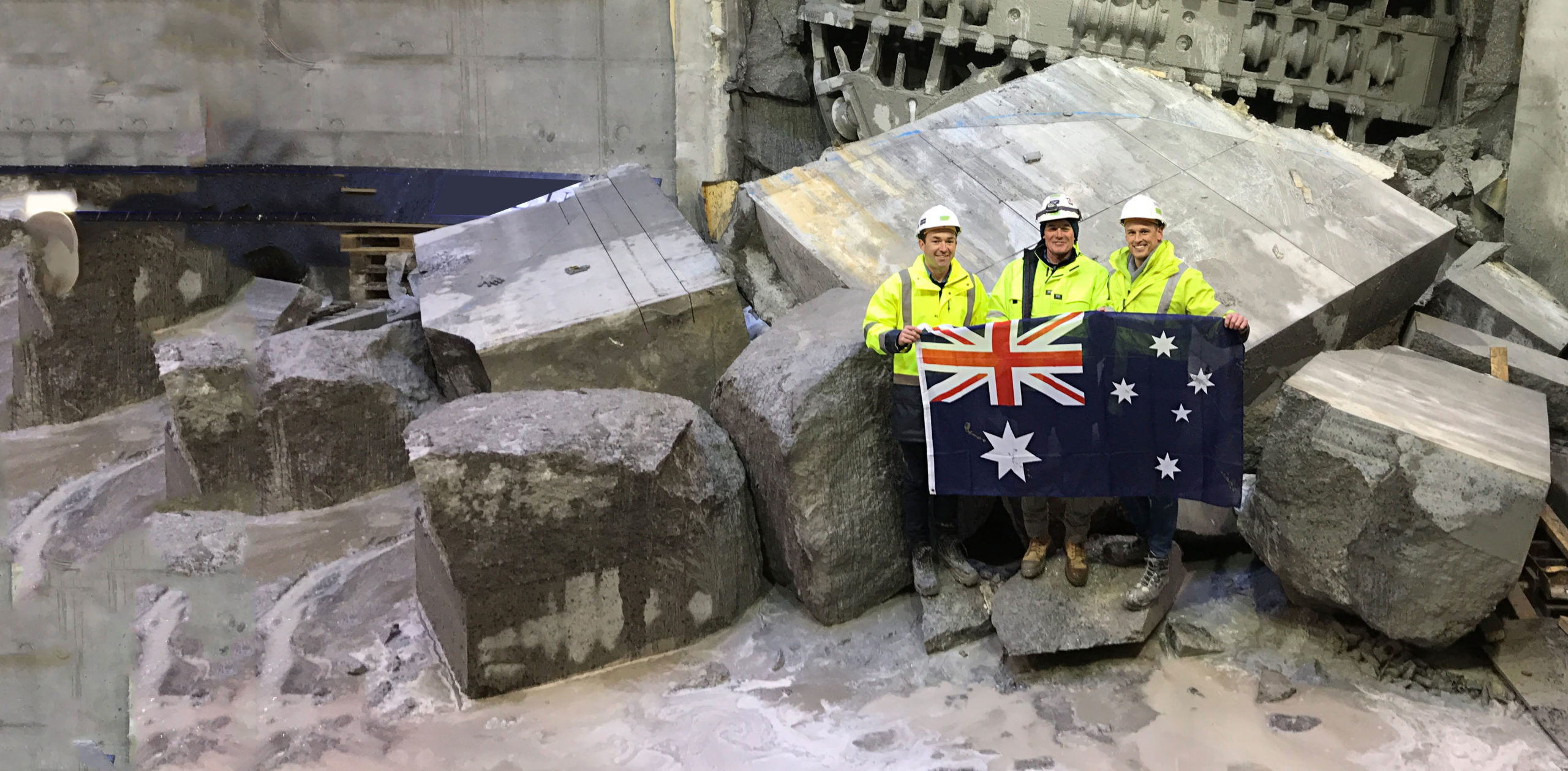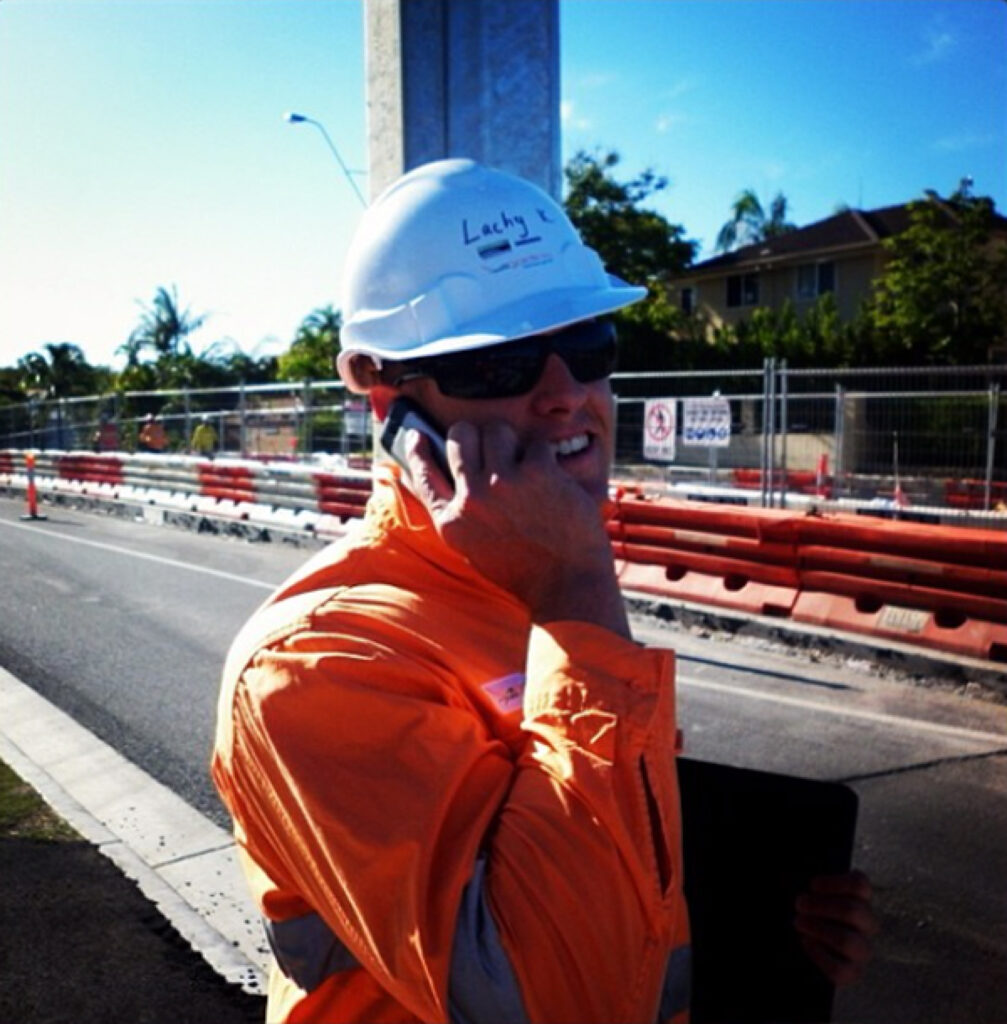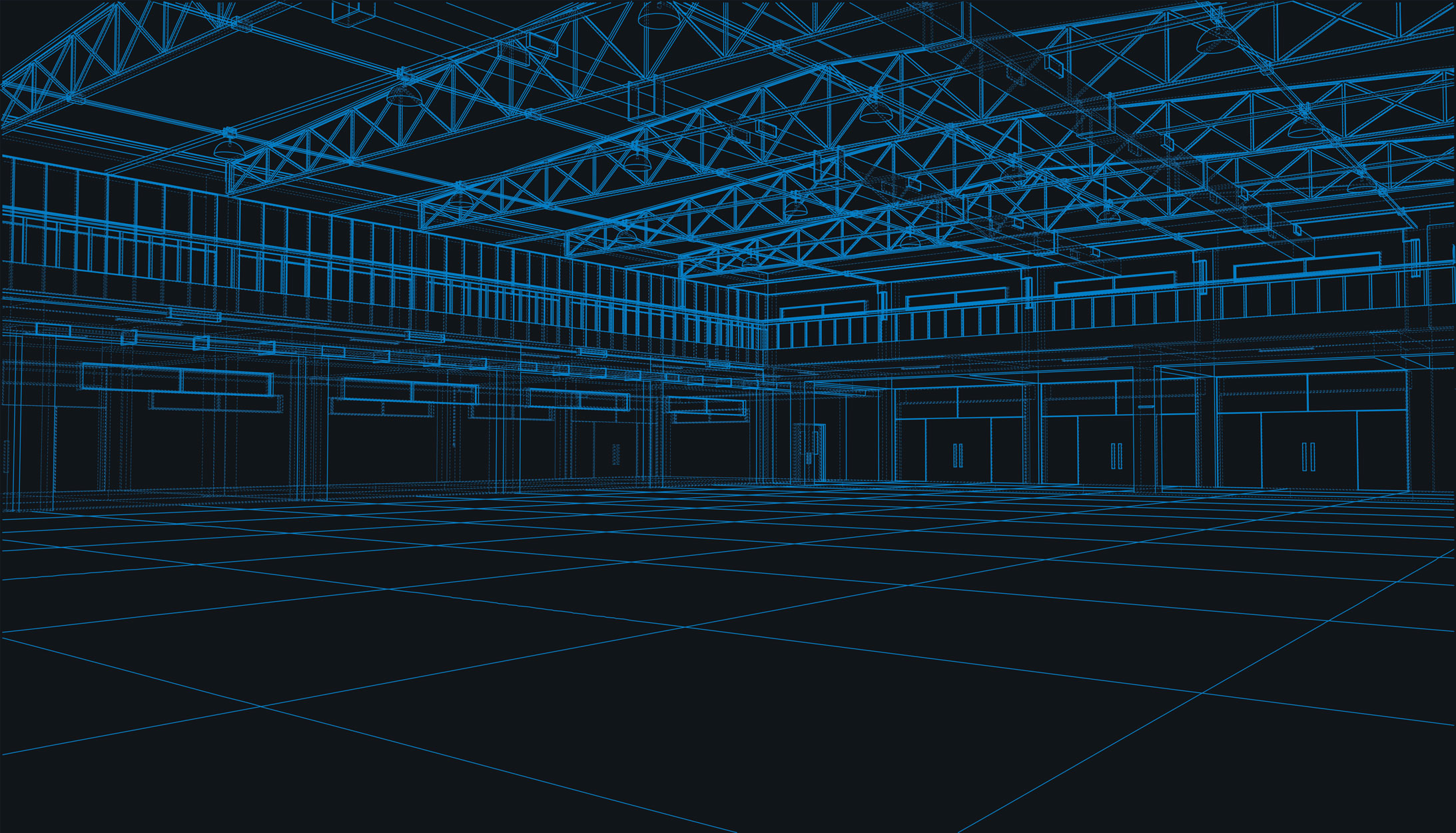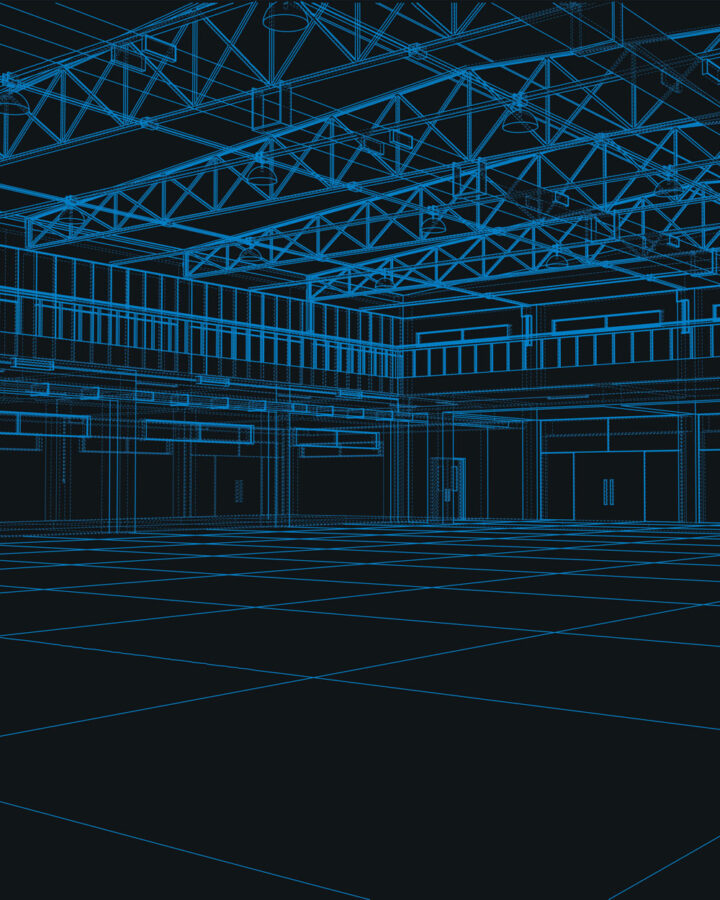
I’m often asked how I came to create Glaass and why I called it what I did…
My humble introduction to construction began in 2010. I was in my third year of university studying for a bachelor’s degree in civil engineering when I was fortunate enough to be awarded a cadetship with an Australian tier one construction company.
I secured the cadetship by walking on-site with my resume and asking to speak with the project manager. I had to wait about twenty minutes, but I was eventually seen by the project manager who sported a surprised smile and said, “you know there’s an online system for this?” I replied, “I do, but I wanted to put a name to the face.” Two weeks later I had a job sitting directly in front of the project manager.
The cadetship was my ultimate introduction to construction. Though, it was during my cadetship that I quickly realised the state, or lack thereof, of technology in construction. Paper was used for almost everything; from documents and drawings to approvals and inspections.
I say almost everything because each project did employ some form of management application, though it differed from project to project; which I found rather illogical. How could a company efficiently manage, store, and access project information years after completion through multiple disconnected systems? With great difficulty, as I later discovered in my career.

How could a company efficiently manage, store, and access project information years after completion through multiple disconnected systems?
What didn’t differ with these management applications was their usability. They were all clunky and difficult to use. Furthermore, there was never any training, instructions, or guidance from the service provider.
As a technology enthusiast, it frustrated me that I found it so difficult to understand these construction applications. Though as I moved across projects, I realised that the majority of construction users also had trouble understanding the basic functions. In fact, on numerous occasions, I found team members had completely abandoned these systems as they were just too difficult to use.
Years after my cadetship, I moved to a competing tier-one firm, where I noticed the exact same issues. Difficult to operate construction management applications. Paper-based systems. Disconnected project information. Immobile systems. Lack of training and support.
It was only when I travelled to Europe to work on a mega-project with a global construction firm that I realised, this is not a single company’s problem, this is a global issue in construction.
I’ve always been passionate about design, construction, and technology. In 2013, I decided to write a business plan with the aim of creating the ultimate construction management solution. I wanted to develop an application that was powerful, yet inherently simple to use, and that added value to everyone on a project. A piece of software that was beautiful and enjoyable to use. An application that understood the needs of construction and more importantly, its users.
Develop an application that was powerful, yet inherently simple to use, that added value to everyone on a project. A piece of software that was beautiful and enjoyable to use.

I deliberated on naming the solution for months. I wanted a single word that represented our company and product’s intention – clear, visible, and secure. Glass is an extraordinary construction material; it can be customised in its shape and colour, clear and visible in its appearance, and bulletproof in applications. This was the name we needed. The extra letter came from my appreciation for design symmetry.
Nearing the completion of the business plan, I serendipitously met a senior software architect whilst at Danish lessons. I asked him, “if someone had an idea for a software solution, could you build it?” He replied, “of course, anything is possible.” I took him out to dinner the following night and brought my business plan, draft user-interface designs, and logos. He bought into my vision and that’s where Glaass began.
Our solution launched on Copenhagen’s largest construction project in 400 years, the 15.5 km underground driverless metro. Now years later, we are the vendor of choice for dozens of the world’s most renowned construction companies. At Glaass, we promise to never become complacent and to continually push the boundaries of construction innovation.


Lachlan Knight
Chief Executive Officer


